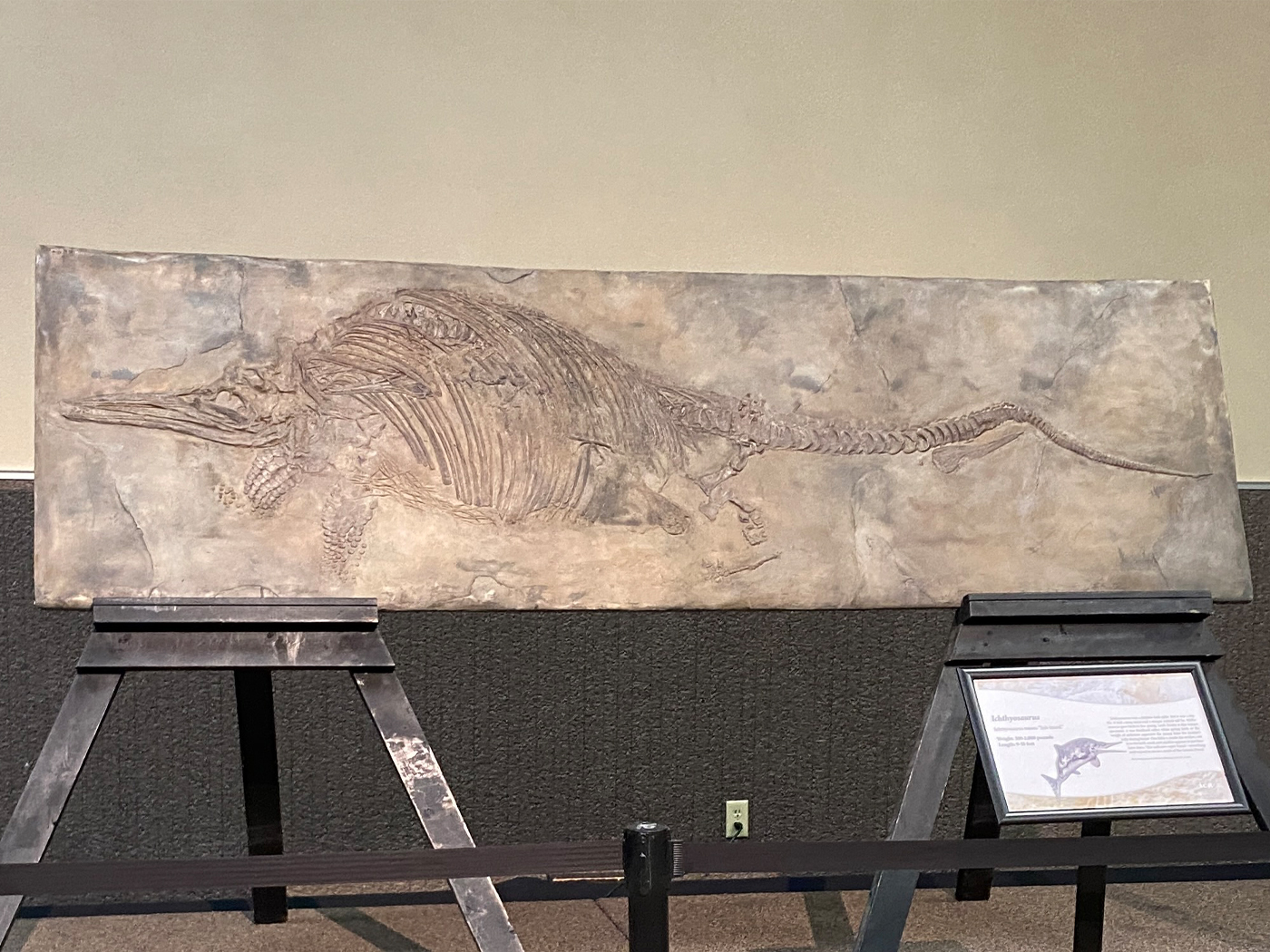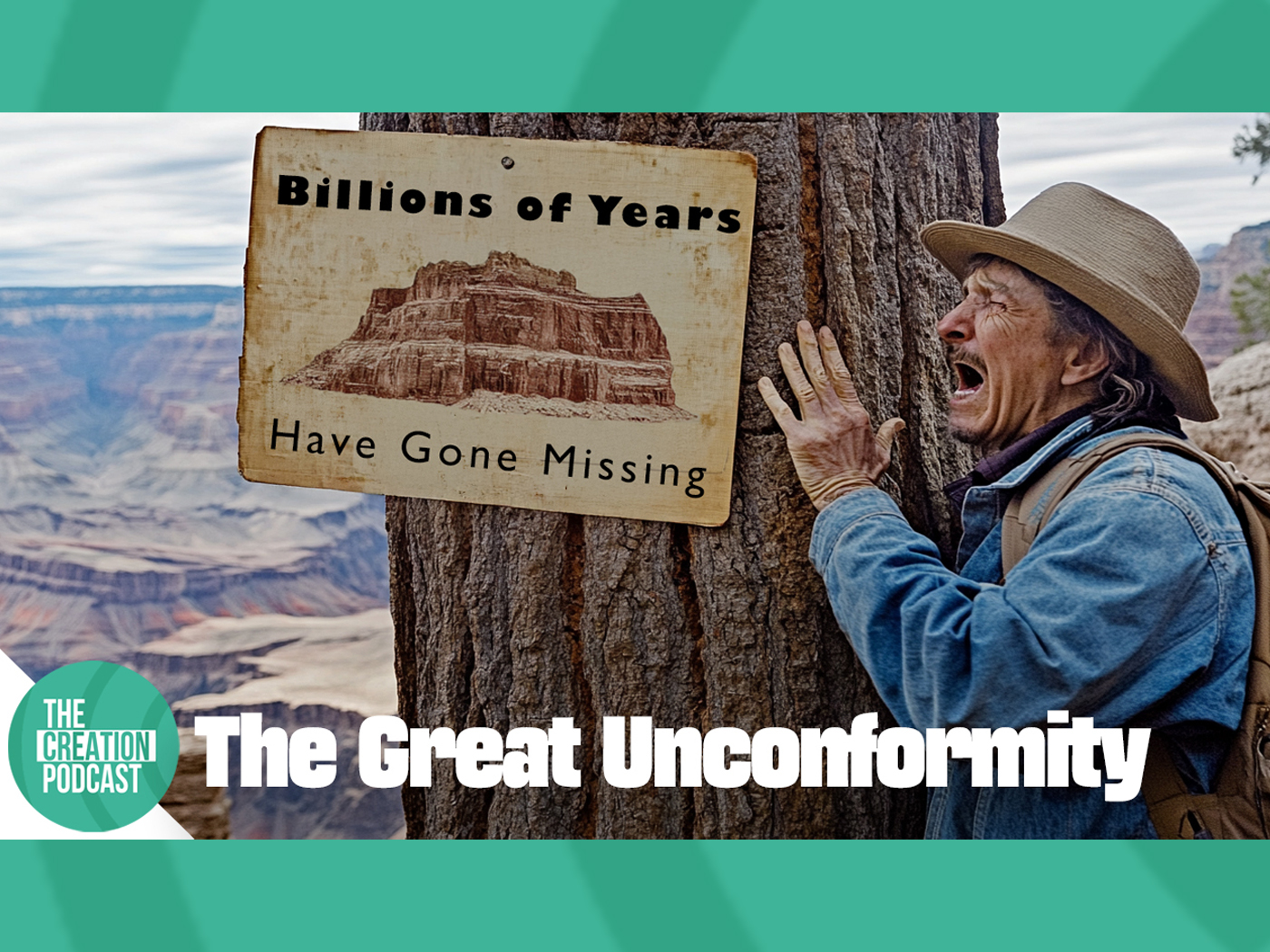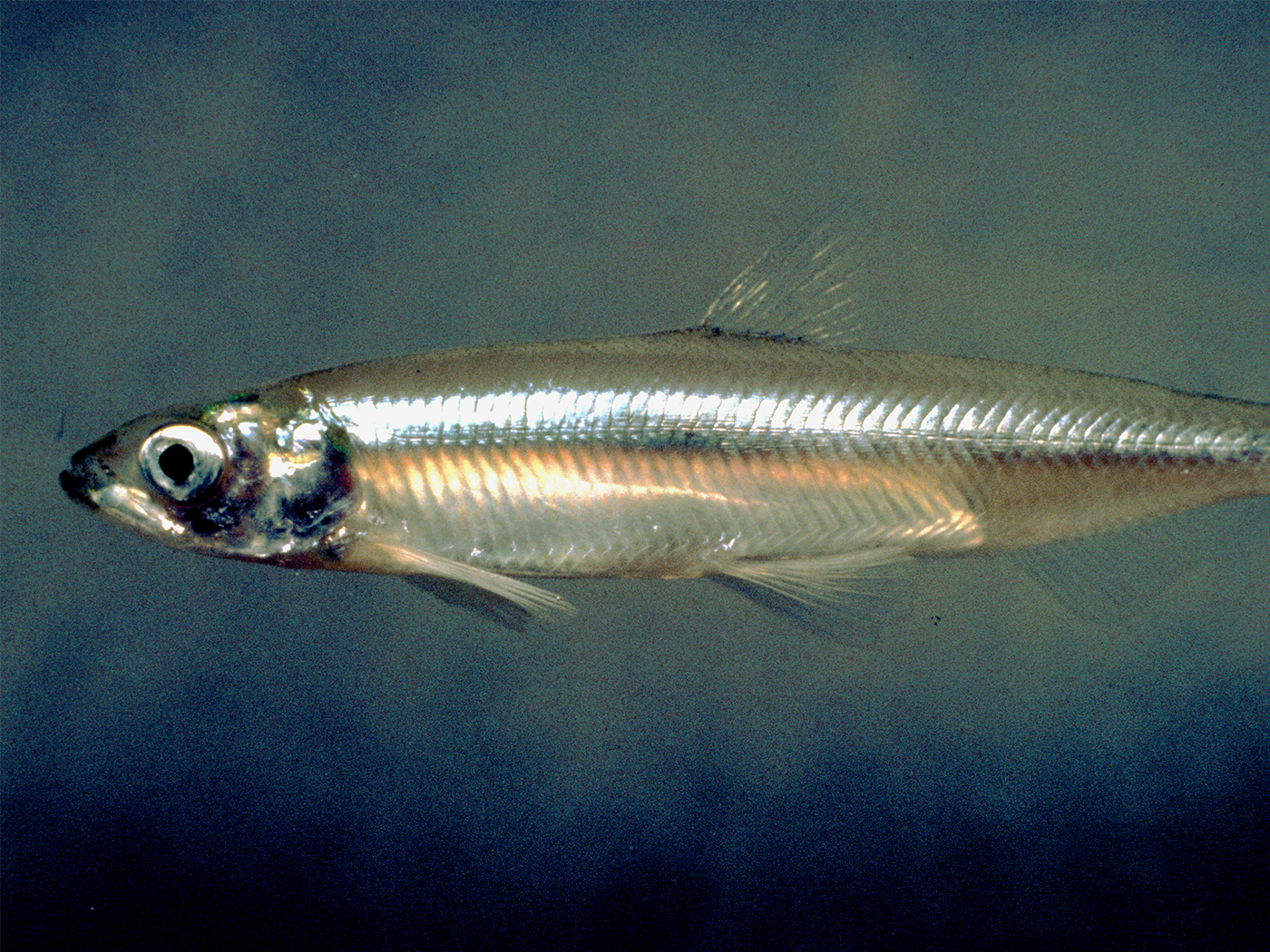Scientists just published a study describing chimp DNA mutation rates and compared a number of cherry-picked genomic regions to human—and this research doubled their evolutionary timeline.1 However, the selective data did not account for the vast chasm of documented genome differences that were not included in the analyses.
Heritable mutations are the rare changes that occur in DNA during the process of making egg cells in females and sperm in males, known as the germ line. Scientists believe that by determining the rate of mutations in the germ line, they can predict when evolutionary events occurred in the past. In this recent study, they sequenced the germ line genomes of nine different chimpanzees in a three-generation pedigree (family).
The researchers then compared selected DNA segments between chimpanzee and human that were highly similar, omitting the many non-similar regions. They state, "In the intersection of the autosomal genome accessible in this study and regions where human and chimpanzee genomes can be aligned with high confidence, the rate is slightly lower (0.45 × 10−9 bp−1 year−1) and the level of divergence is 1.2%...implying an average time to the most common ancestor of 13 million years [page 1274, emphasis added]."1 There are basically two notable points from this summary statement that I will address.
The first important point is that the comparative data was clearly cherry-picked—the scientists only used the regions that were about 98% similar and essentially threw out everything else. These are the regions that the researchers stated "can be aligned with high confidence." It appears that all the dissimilar DNA regions got tossed out because they didn't fit the evolutionary paradigm and would have made the whole idea of chimps evolving into humans completely impossible.
It was initially noted by another group of evolutionary scientists that when comparing random chimp genomic sequence only "about two thirds could be unambiguously aligned to DNA sequences in humans."2 In confirmation of this widely known, but seldom discussed, inconvenient fact among those evolutionists working in the field was a comprehensive study published in 2013 by this author.3 In that research, I compared each individual chimpanzee chromosome to human (piece-by-piece) and it was shown that the chimpanzee genome was only 70% similar on average to human, with only short regions being highly similar.
The second notable point is that even when these scientists used the cherry-picked, nearly-identical segments between humans and chimps, and then incorporated their newly discovered mutation rates, they had to double their hypothetical evolutionary timeline. One of the researchers on the project (Gil McVean) stated, "Our results add substance to the idea that the human-chimpanzee split was considerably older than has been recently thought."4 It was previously believed that humans and chimps shared a common ancestor only 2 to 6 million years ago. Now they are claiming that it is 11 to 17 million years ago with the average being about 13.
The reality of the situation is that simply adding more time doesn't solve evolution's immense problems. Giving evolution another 6 or 7 million years still does not explain why chimps and humans are so vastly different, not only in their anatomy and behavioral traits but also the glaring 30% difference in their genomes—some 900,000,000 DNA letter differences. Jesus Christ compared this type of philosophically flawed selective attitude to "straining out a gnat and swallowing a camel!"5 When the entire genomes are compared between humans and chimps, it becomes clear that they were each engineered uniquely and separately by an Omnipotent Creator.
References
- Venn, O. et al. 2014. Strong male bias drives germline mutation in chimpanzees. Science. 344 (6189):1272-1275.
- Ebersberger, I. et al. 2002. Genomewide Comparison of DNA Sequences between Humans and Chimpanzees. American Journal of Human Genetics. 70 (6): 1490-1497.
- Tomkins, J. 2013. Comprehensive Analysis of Chimpanzee and Human Chromosomes Reveals Average DNA Similarity of 70%. Answers Research Journal. 6 (2013): 63-69.
- Choi, C. Q. 2014. Human & Chimp Genes May Have Diverged Twice As Long Ago As We Thought. Huffington Post. Posted on huffingtonpost.com June 13, 2014, accessed June 17, 2014.
- Matthew 23:24. ESV.
*Dr. Tomkins is Research Associate at the Institute for Creation Research and received his Ph.D. in genetics from Clemson University.
Article posted on June 25, 2014.

















